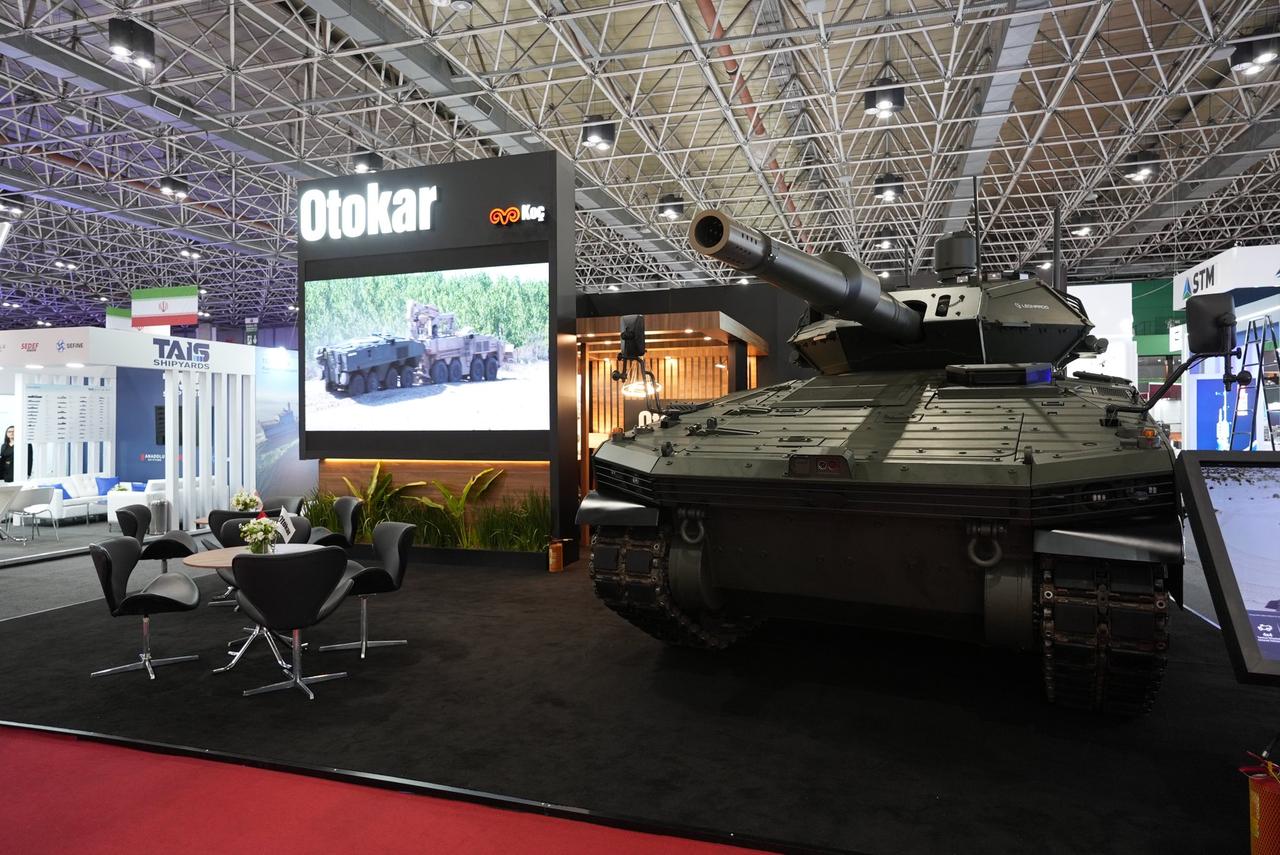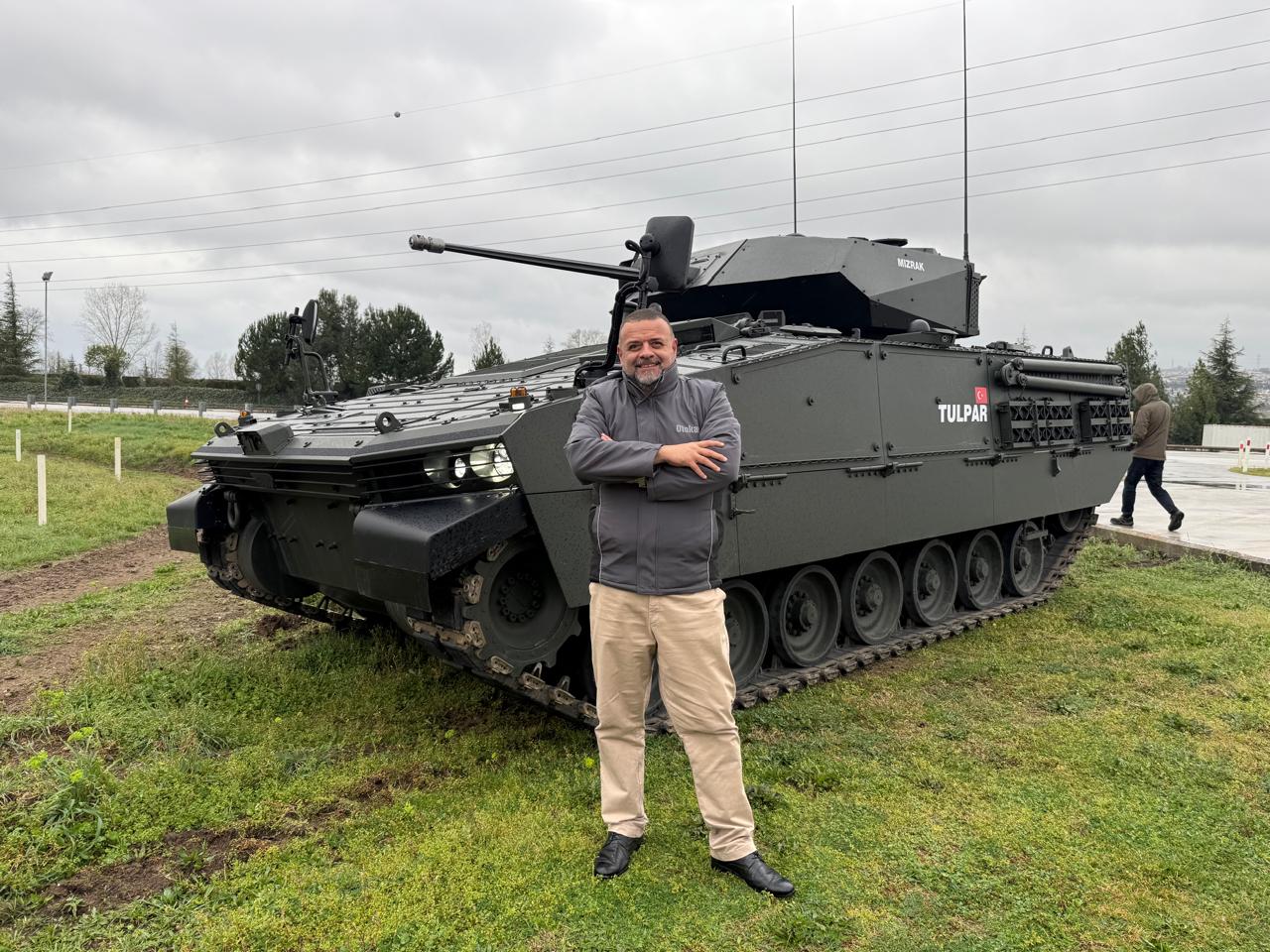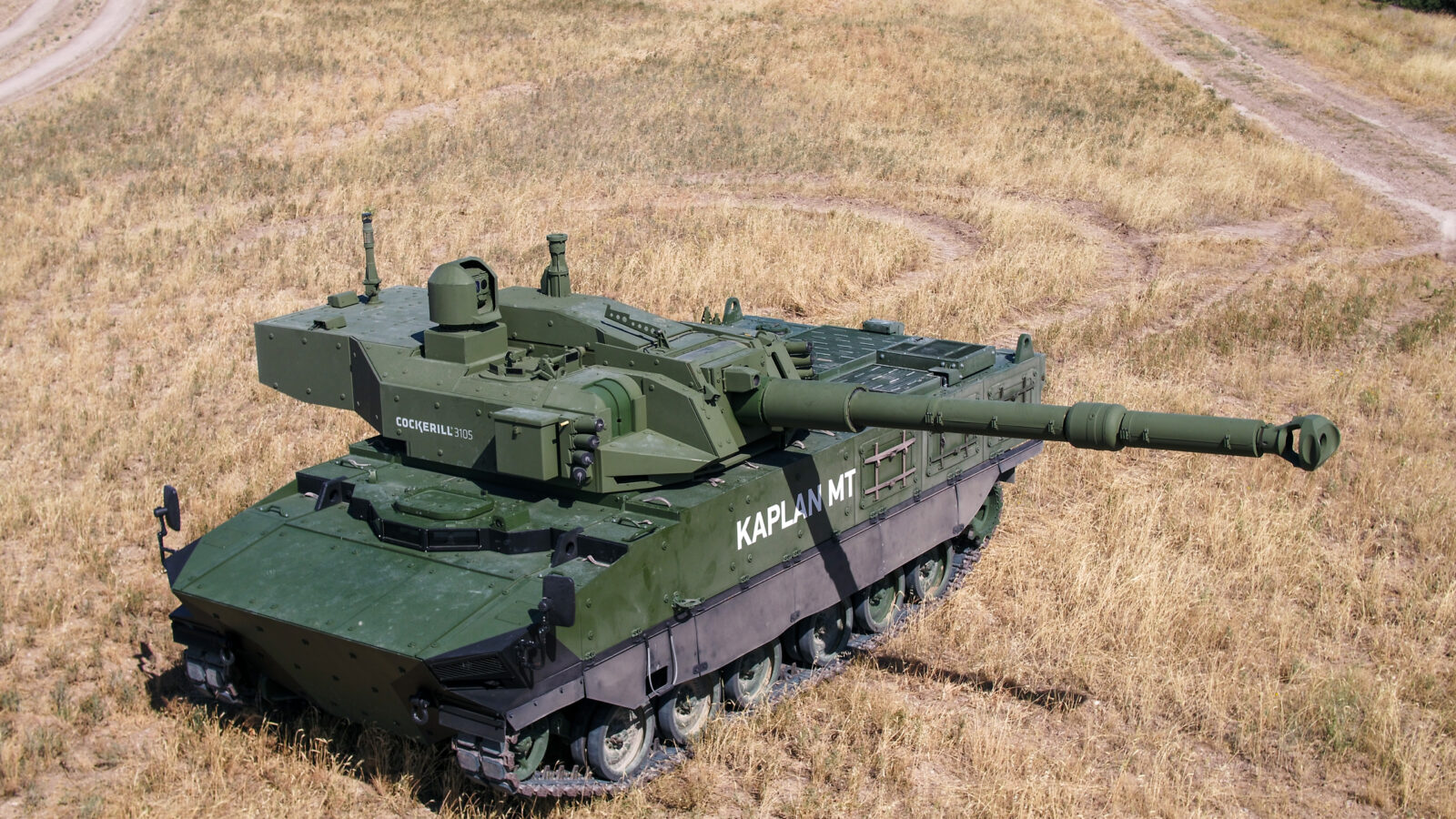
Türkiye's leading defense manufacturers Otokar and FNSS have entered the Brazilian Marine Corps’ ongoing light/medium tank tender, offering their Tulpar and KAPLAN MT platforms respectively, according to a report by Tecnologia & Defesa editor Paulo Roberto Bastos Jr.
Both vehicles were showcased at LAAD 2025 in Rio de Janeiro, alongside proposals from European contenders.

Brazil’s Marines are seeking to replace their outdated Austrian SK-105A2S Kurassier vehicles, which are considered under-armored and no longer meet modern battlefield standards. The initiative falls under the Brazilian navy's strategic PROADSUMUS program, aimed at enhancing expeditionary and armored capabilities.
Originally introduced with the 105 mm Cockerill 3105 turret, Otokar has now upgraded the Tulpar light tank configuration to integrate the Leonardo HITFACT MKII 120 mm turret—also used on Italy’s Centauro II. This enhanced version increases firepower while maintaining mobility and modularity.
The tracked platform can be equipped with either a 700 horsepower (hp) or 1100 hp engine, achieving speeds up to 70 kilometers per hour (km/h), and a maximum weight of 45 tonnes depending on the configuration. Otokar has also offered local production in Brazil, aligning with the country’s defense industry localization policies—a significant advantage over European competitors.
Otokar recently hosted a Brazilian delegation at its Sakarya, Türkiye facility for a live performance demonstration of the Tulpar, which reportedly received favorable feedback.
One commonality among the Tulpar and Centauro II proposals is the use of the Leonardo HITFACT MKII turret, currently being evaluated for local production in Brazil. The turret shares components with systems already integrated on the Brazilian navy’s Tamandare-class frigates, potentially streamlining logistics and maintenance.

FNSS, in partnership with Indonesia’s PT Pindad, offers the KAPLAN MT, a medium tank developed with a clean-sheet design. It is armed with the same Cockerill 3105 turret and features recent upgrades such as improved driver visibility and compatibility with the PULAT active protection system.
The KAPLAN MT has a 660 hp engine, top speed of 70 km/h, and weighs over 30 tonnes. Its performance and modularity make it suitable for amphibious and expeditionary operations—key requirements for Brazil’s naval forces.

Other candidates in the tender include Sweden’s BAE Systems with the CV90120, a 120 mm-armed variant of the CV90 IFV, and Italy’s Leonardo with the Centauro II wheeled fire support vehicle using the same HITFACT MKII turret. The Centauro II has already been selected by the Brazilian Army and represents a proven solution on wheels.
However, unlike Otokar, neither BAE Systems nor Leonardo has offered local manufacturing options, which could prove decisive as Brazil prioritizes domestic industrial participation.
Admiral Carlos Chagas, head of the Brazilian Marine Corps, noted that new vehicles must fit logistical constraints such as naval transport and bridge capacities. "We can’t have something too large; it must embark on ships and cross the country’s infrastructure," he said.
The Marines are also weighing the merits of tracked versus wheeled configurations. While no final decision has been made, detailed evaluations and demonstrations are expected to continue in the coming months, both in Brazil and abroad.